1. Garlic
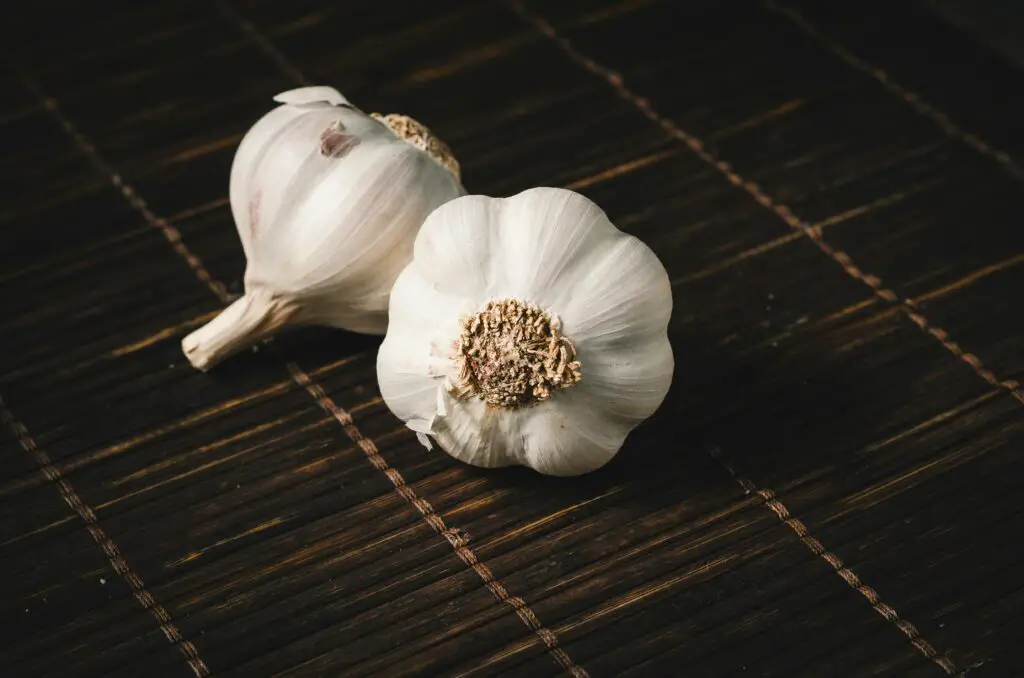
Garlic has long been considered a wonder food, touted for its ability to ward off colds, infections, and even the plague. In ancient times, it was used as an antibiotic and antiseptic, believed to purify the blood and fight off harmful bacteria. People would chew raw garlic or incorporate it into their meals to maintain their health and prevent illness. Some even placed garlic cloves under their pillows to keep away evil spirits and ensure a good night’s sleep.
Despite its strong odor, garlic’s reputation as a cure-all continued into the Middle Ages. It was thought to be a remedy for anything from tuberculosis to heart disease. While modern science now recognizes its benefits for heart health and immune function, the belief that garlic could cure nearly anything has faded. Still, many cultures continue to embrace garlic as a natural treatment for various ailments.
2. Honey
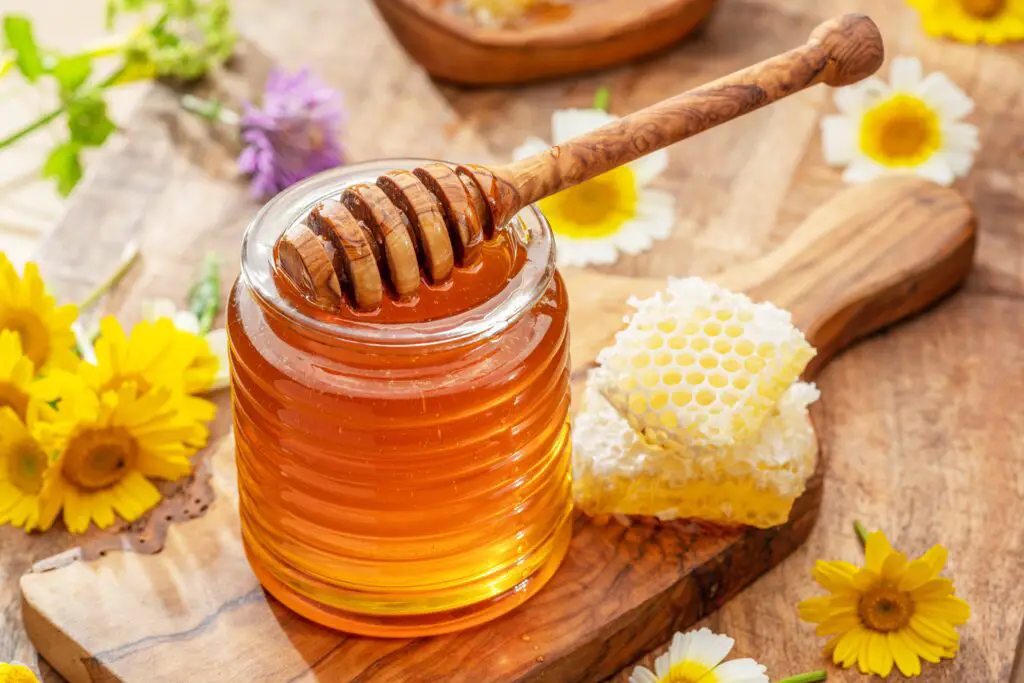
Throughout history, honey has been revered as a healing elixir, believed to have miraculous powers. Ancient Egyptians used honey in their medical practices, applying it to wounds and burns to speed up healing and reduce infection. The sweetness of honey was thought to have medicinal properties that could soothe sore throats, cure colds, and even help with digestive issues. Some cultures also believed honey had the ability to balance the body’s “humors” and restore health.
In addition to its topical uses, honey was often consumed for its supposed internal benefits. It was seen as a cure for everything from digestive problems to coughs and sore throats. Modern research has confirmed that honey can be effective in soothing sore throats and promoting healing, especially when applied topically. Despite its well-documented health benefits, the ancient belief in honey as a cure-all still lingers in many households.
3. Lemon

Lemon has been a staple in natural remedies for centuries, with people believing its high vitamin C content could cure a variety of ailments. In the 18th century, sailors were given lemons to prevent scurvy, a deadly disease caused by a vitamin C deficiency. The fruit’s tangy juice was believed to help with digestion, fight off infections, and detoxify the body. People would drink lemon water daily to cleanse the system and promote overall health.
Beyond scurvy, lemon was also thought to cure colds, flu, and even headaches. Some believed that the fruit’s acidity could balance the body’s pH and prevent illness. While lemon is indeed rich in vitamin C and has various health benefits, it is not a magical cure for every disease. Still, its continued association with wellness persists in many health-conscious communities.
4. Ginger
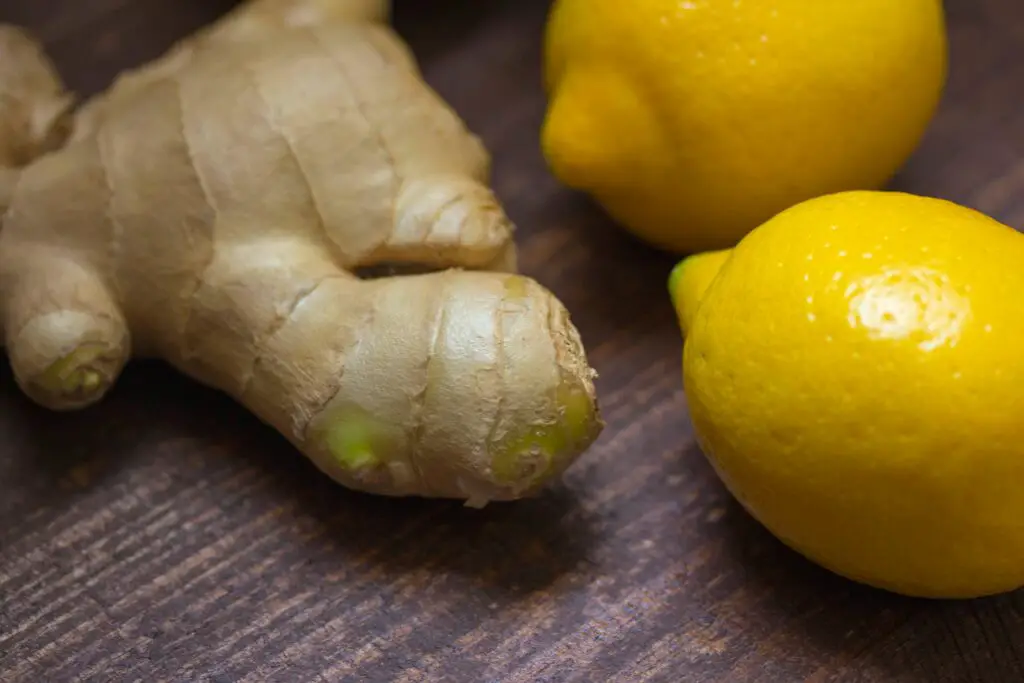
Ginger has been used in traditional medicine for thousands of years, particularly in Asia, where it was believed to cure a wide range of ailments. It was thought to alleviate nausea, improve digestion, and reduce inflammation. In ancient China, ginger was often prescribed to treat everything from colds and flu to arthritis and digestive issues. People also believed that it could boost energy levels and improve circulation.
In medieval Europe, ginger was used as a remedy for digestive troubles and even as an aphrodisiac. Modern science supports many of these claims, with ginger being recognized for its anti-inflammatory and digestive properties. However, the ancient belief that ginger could cure almost anything persists in many cultures, where it continues to be used in teas, soups, and other remedies.
5. Turmeric
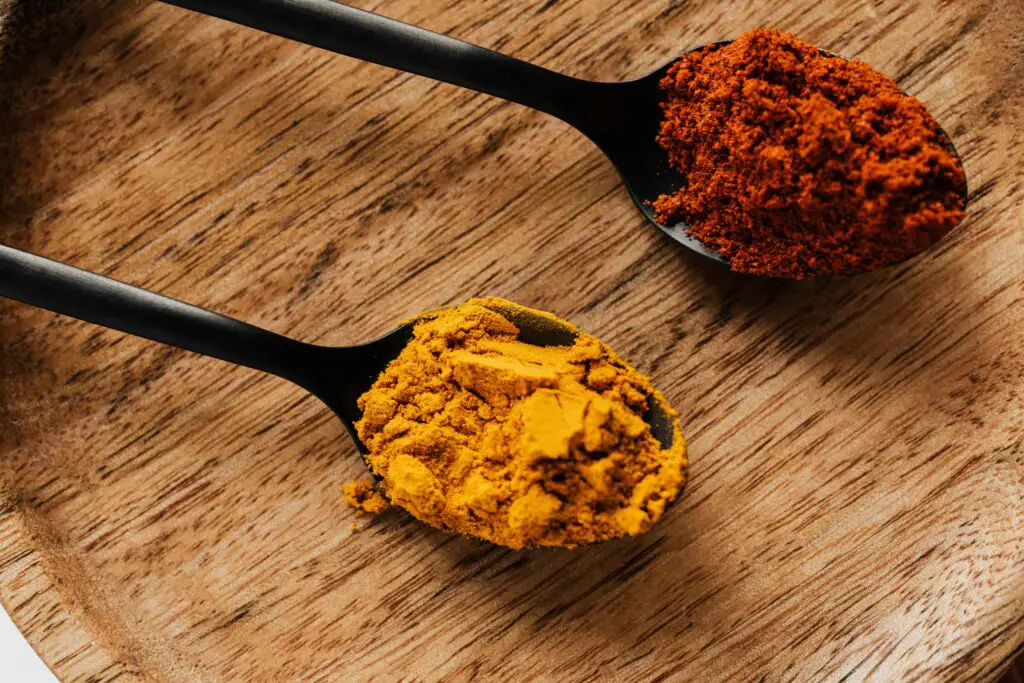
Turmeric, the bright yellow spice commonly used in Indian cuisine, has a long history of medicinal use. In traditional Ayurvedic medicine, turmeric was believed to be a powerful anti-inflammatory and pain reliever. It was used to treat a wide range of conditions, from arthritis and joint pain to skin ailments and digestive issues. The active compound in turmeric, curcumin, was thought to have healing properties that could restore balance to the body and promote overall health.
In addition to its physical benefits, turmeric was also believed to have spiritual and emotional healing properties. Some cultures used it in rituals to purify the mind and spirit. Today, scientific research has confirmed many of turmeric’s health benefits, particularly its anti-inflammatory effects. Despite its growing popularity, turmeric’s ancient reputation as a cure-all remains firmly rooted in tradition.
6. Apple Cider Vinegar

Apple cider vinegar has been hailed as a miracle cure for centuries, with people believing it could treat everything from digestive issues to weight loss. In the 19th century, it was a common remedy for ailments like sore throats, indigestion, and even high blood pressure. Many people swore by the vinegar’s ability to “detox” the body, rid it of toxins, and improve overall health. Some even believed it could cure chronic conditions like arthritis and diabetes.
The belief in apple cider vinegar’s health benefits has persisted into modern times, with many using it as a daily tonic. Despite its continued popularity, not all of its claims are scientifically supported. However, apple cider vinegar is still considered a valuable home remedy, particularly for digestive issues and weight management, even though it may not be the cure-all it was once believed to be.
7. Milk

Milk has long been associated with strength and vitality, and in ancient times, it was believed to cure a variety of ailments. In medieval Europe, milk was thought to have healing properties for wounds and infections. It was also used to soothe the stomach and calm nervous conditions. People believed that drinking milk could restore balance to the body and provide essential nutrients for overall health.
In some cultures, milk was considered a remedy for everything from respiratory issues to skin problems. It was even believed to be an effective cure for insomnia and anxiety. While milk certainly provides essential nutrients like calcium and vitamin D, its reputation as a universal cure has faded over time. Nonetheless, it remains a staple in many diets for its nutritional value.
8. Cabbage

Cabbage, often considered a humble vegetable, was once believed to be a powerful healing food. In ancient times, it was used to treat everything from ulcers and digestive issues to arthritis and respiratory conditions. People would apply cabbage leaves to swollen joints or wrap them around the abdomen to relieve pain and inflammation. The vegetable was thought to have anti-inflammatory and detoxifying properties that could cure a wide range of ailments.
Cabbage was also consumed in large quantities for its supposed ability to balance the body’s pH and improve digestion. Some cultures even used it as a remedy for colds and flu, believing its high vitamin C content could boost the immune system. While cabbage is undoubtedly a nutritious vegetable, its status as a cure-all has faded, though it remains a popular health food.
9. Echinacea
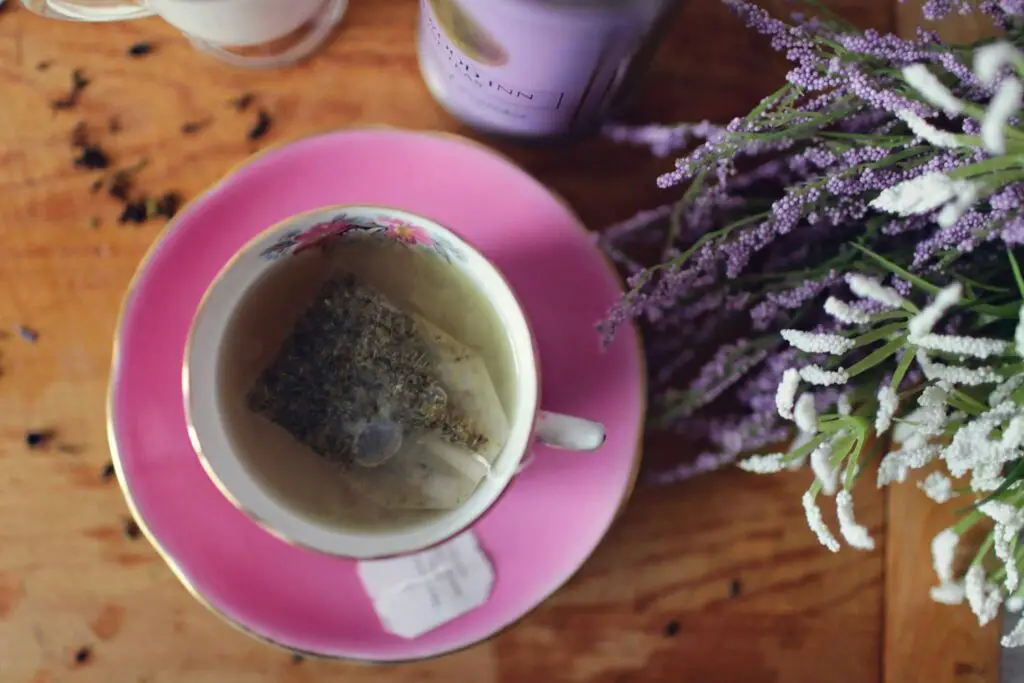
Echinacea, a flowering plant native to North America, was believed by Native American tribes to be a powerful remedy for infections and wounds. It was used to treat colds, flu, and even snakebites, with people relying on its antibacterial and anti-inflammatory properties. The plant was also believed to strengthen the immune system and speed up recovery from illness. Early settlers in North America adopted echinacea for its healing powers, using it to treat everything from sore throats to skin infections.
In the late 19th and early 20th centuries, echinacea became a popular remedy in Western medicine, with people believing it could cure almost any infection. While modern research has shown that echinacea can help reduce the severity and duration of colds, its reputation as a universal cure has been largely debunked. Nevertheless, the herb continues to be widely used in alternative medicine.
10. Carrots

Carrots have long been associated with good vision, but in ancient times, they were also believed to cure a variety of illnesses. In the 17th century, people believed that carrots could purify the blood and improve circulation. They were thought to cure digestive problems, strengthen the immune system, and even improve skin health. The vegetable’s high vitamin A content was praised for its ability to promote overall health and vitality.
Carrots were also believed to have detoxifying properties, helping the body eliminate harmful substances. Some even thought that eating large quantities of carrots could prevent or cure cancer. While carrots are undeniably healthy and packed with nutrients, their status as a cure-all has faded. Still, they remain a go-to food for anyone looking to improve their vision or boost their overall nutrition.
11. Olive Oil
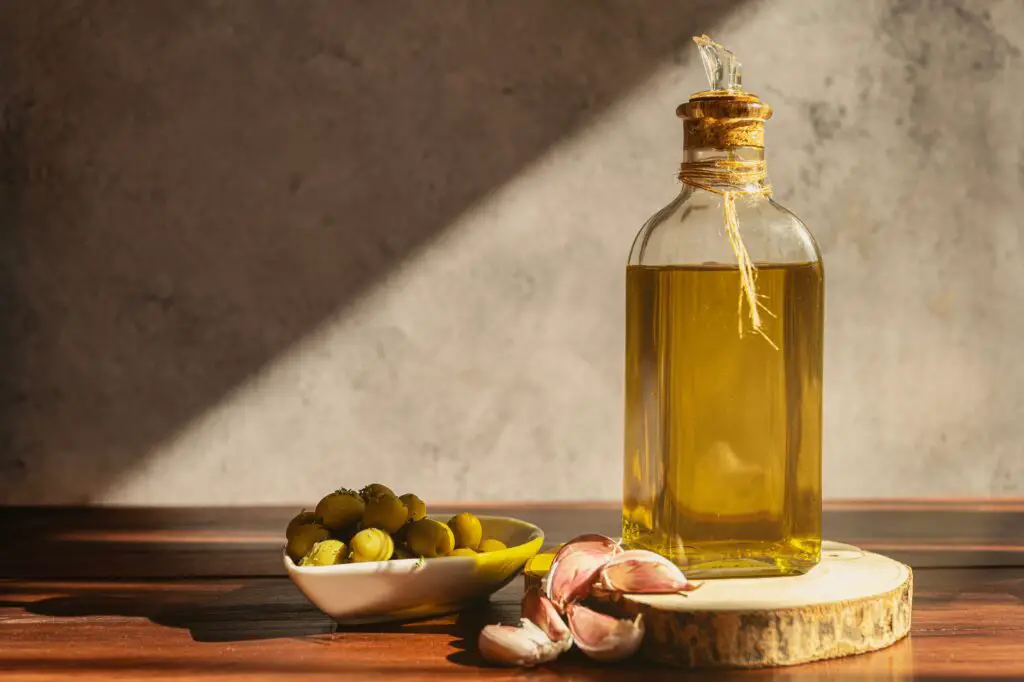
Olive oil has been a staple of Mediterranean diets for centuries, and its healing properties were widely believed in ancient cultures. The Greeks and Romans used olive oil not only for cooking but also as a remedy for a range of ailments. It was thought to have anti-inflammatory properties and was used to treat everything from sore muscles to digestive issues. Olive oil was also applied to wounds and burns to promote healing and reduce scarring.
In addition to its external uses, olive oil was consumed for its supposed benefits to heart health and longevity. Some believed that it could cleanse the body of toxins, improve circulation, and even prevent cancer. Today, olive oil is recognized for its health benefits, particularly in heart disease prevention, but the ancient belief in its near-magical properties has subsided.
12. Peppermint
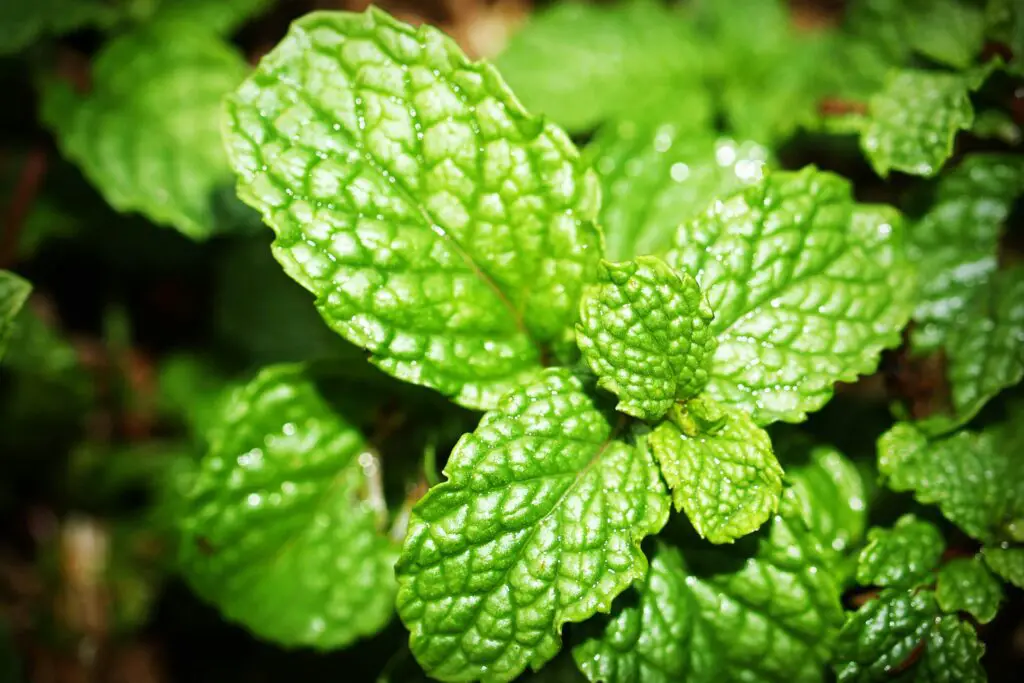
Peppermint has long been used as a soothing remedy for digestive issues, and its cooling properties were believed to cure a wide variety of ailments. In ancient Greece and Rome, peppermint was used to treat everything from indigestion and nausea to headaches and muscle pain. People would chew peppermint leaves or brew it into tea to calm the stomach and improve digestion. The herb was also believed to have antiseptic properties, making it a popular treatment for wounds and infections.
Peppermint oil, extracted from the leaves of the plant, was often used in aromatherapy to relieve stress, anxiety, and headaches. The refreshing scent was thought to have a calming effect on the mind and body. Modern research supports many of peppermint’s benefits, particularly its ability to alleviate digestive discomfort and ease tension headaches.
13. Chili Peppers
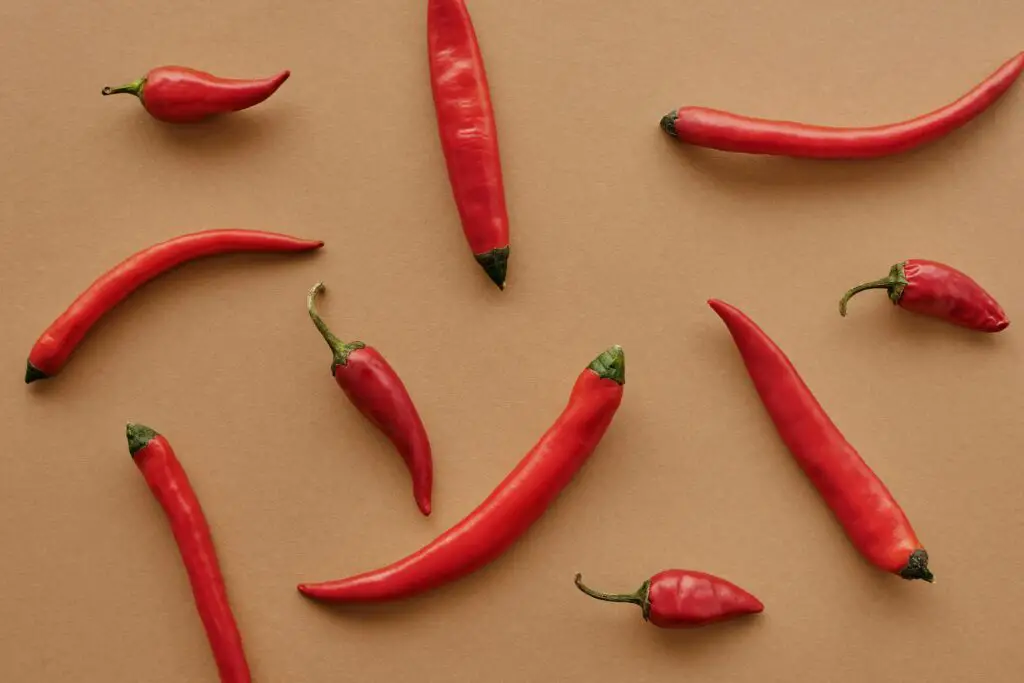
Chili peppers were once thought to be a powerful cure for everything from indigestion to pain relief. In ancient cultures, they were used topically to treat sore muscles and arthritis, as well as consumed to boost metabolism and fight off illness. The capsaicin in chili peppers was believed to have pain-relieving properties, and they were even used as a remedy for colds and flu. Some cultures considered chili peppers to be an essential part of any wellness regimen, believing they could balance the body’s internal energy.
In medieval Europe, chili peppers were used to treat digestive issues, and some believed they could cure fevers and infections. Modern science has confirmed that capsaicin has pain-relieving and anti-inflammatory properties, but the idea that chili peppers could cure just about anything has faded. Despite this, chili peppers remain a beloved food for their bold flavor and health benefits.
14. Salt
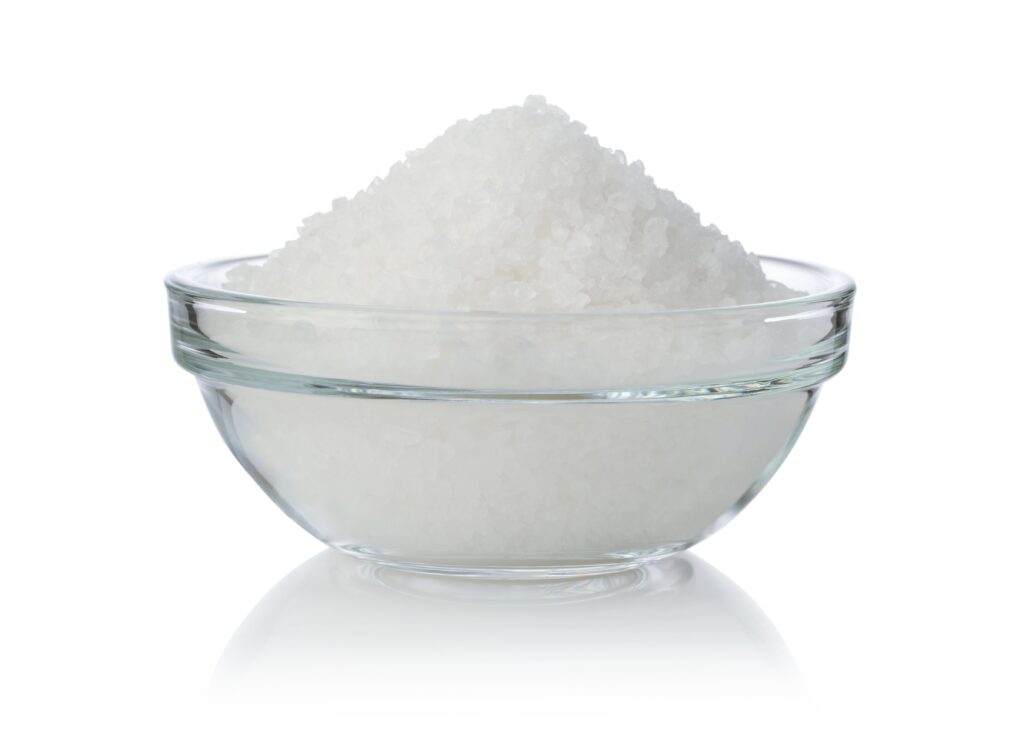
Salt has been used for centuries as both a preservative and a medicinal remedy. In ancient times, it was believed to have healing properties, particularly for wounds and infections. Salt was used in poultices and baths to treat everything from sore throats to muscle aches. It was also consumed to balance the body’s electrolytes and prevent dehydration. The idea that salt could purify the body and restore health was widespread in many cultures.
Salt was also believed to ward off evil spirits and protect against disease. Some people would carry small packets of salt to prevent illness or place it under their pillows for protection. While salt is still essential for our health in moderation, its ancient reputation as a cure-all has largely been debunked, though it remains a key element of many traditional remedies.
15. Coconut Oil
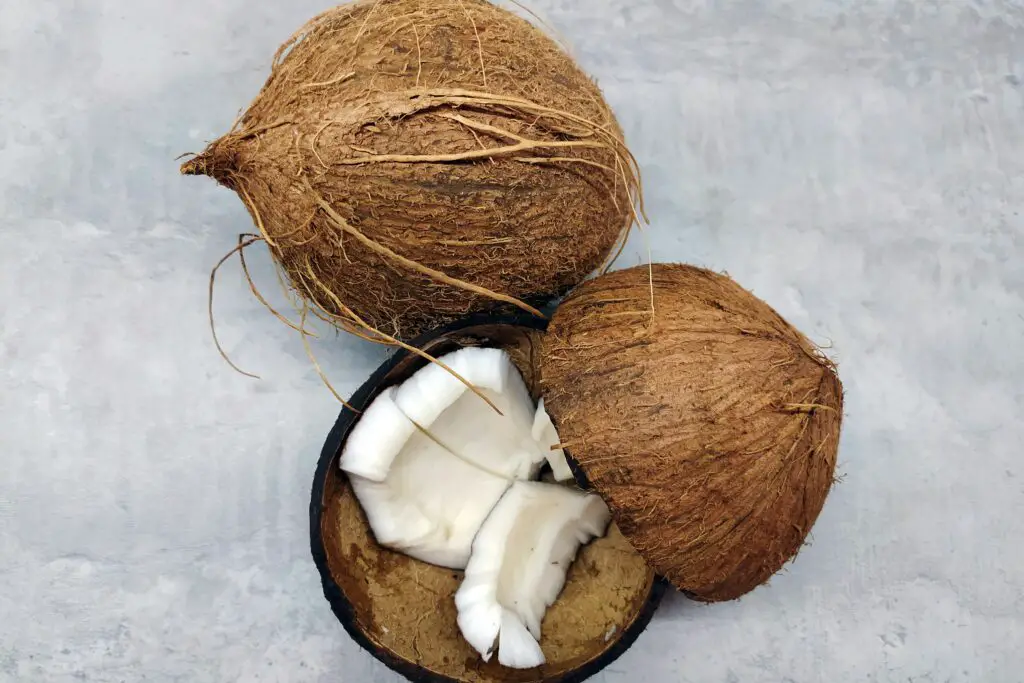
Coconut oil was once considered a miracle food and remedy, with many cultures using it to cure a wide variety of ailments. In traditional medicine, it was believed to be effective for treating everything from dry skin to digestive issues and even infections. Coconut oil’s antibacterial properties were touted as a solution for skin wounds, while its rich fats were thought to help promote brain health and boost energy. People would use it as a hair treatment, a moisturizer, and even as a remedy for sore throats and colds.
In addition to its topical uses, coconut oil was also consumed for its supposed health benefits, particularly in boosting metabolism and supporting weight loss. It was thought to balance cholesterol levels and improve heart health, despite its high-fat content. While modern research supports some of these claims, particularly around its antimicrobial properties, coconut oil’s reputation as a universal cure has been somewhat exaggerated. Nonetheless, it remains a popular ingredient in both health and beauty products.
16. Almonds
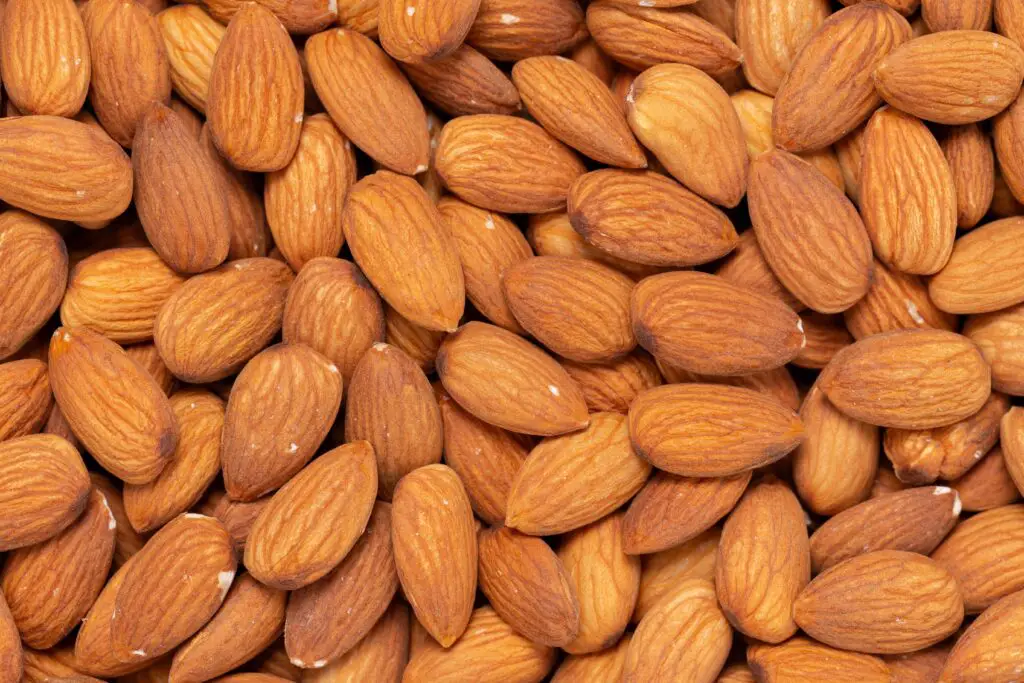
Almonds were once believed to be a cure-all for a variety of ailments, from digestive issues to respiratory problems. Ancient civilizations such as the Egyptians and Greeks considered almonds to be a symbol of vitality and health. People believed that almonds could improve digestion, boost the immune system, and even prevent heart disease. The high vitamin E content of almonds was seen as a powerful antioxidant, protecting the body from illness and aging.
Almond oil was also used to treat skin conditions, with some cultures applying it to wounds and burns to promote healing. Almonds were even believed to improve brain function and increase longevity. While almonds are undeniably nutritious and packed with health benefits, their status as a cure-all has waned over time. Still, they remain a popular snack and health food for many.
